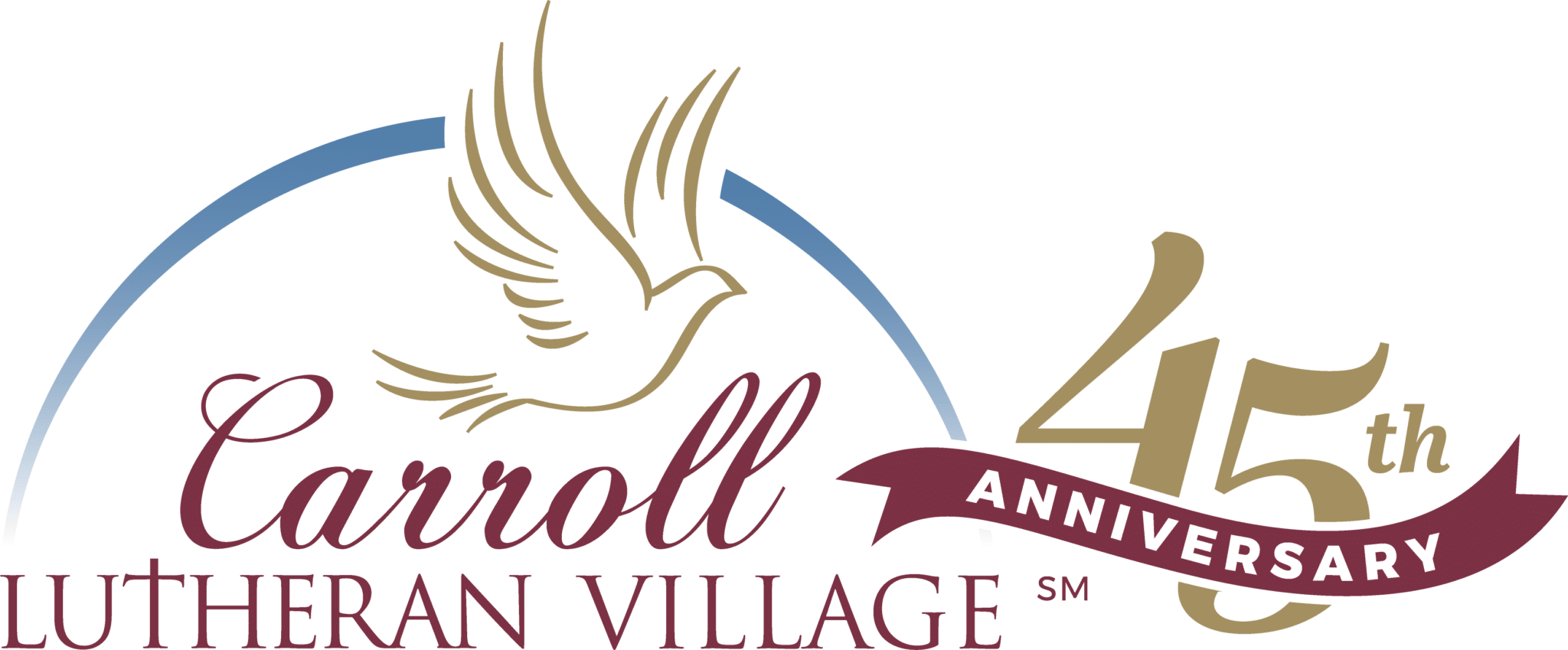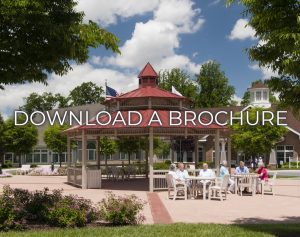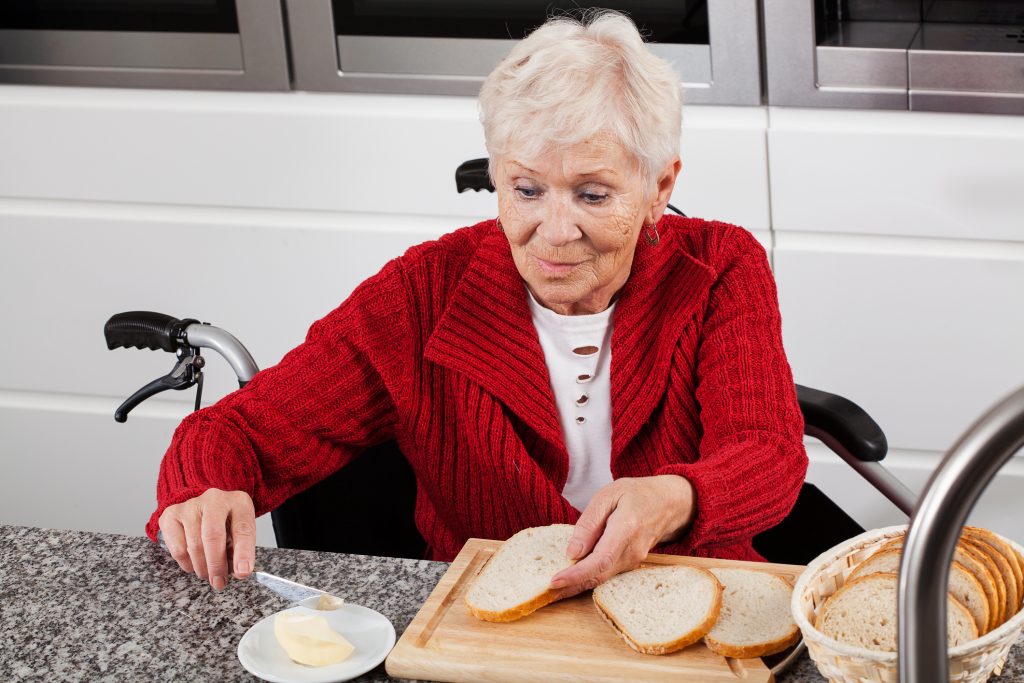Retirement is a wonderful time to spread your wings and fly into the next chapter of life, especially the carefree life that is available in a senior living community. However, if you, like many seniors, think the cost of senior living is more than living at home, you should compare the cost of senior living against living at home. When comparing them “apples to apples,” you might be surprised what you find!
Monthly costs
Living at home means monthly payments for utilities (e.g. heating, air conditioning, water, electricity), groceries and a mortgage, if your house isn’t paid off. Then there are the occasional repair or replacement costs, which are often substantial, but need to be included in the equation. Other costs you should also factor into the calculation include:
- Property taxes
- Home warranties
- Security systems
- Car payments, insurance and maintenance costs
- Gym or yoga studio memberships
- Housekeeping services
- Lawn care
- Snow removal
Now compare these costs to the cost of senior living. Monthly fees of many senior living communities typically include utilities, all or most maintenance and repairs, security, exercise facilities and classes, local transportation and excellent meals. At the same time senior living eliminates the need for home warranties and associated costs for those who no longer drive. This is especially true in continuing care retirement communities like Carroll Lutheran Village. Discover how we compare in our blog, Comparing Costs. Affording a Continuing Care Retirement Community (CCRC).
Renovation costs – safety and accessibility
Eventually, typical homes become difficult and unsafe to live in without costly renovations. For example, staircases and steps can become hazardous when you have mobility challenges, and halls and doorways may not be wide enough to safely accommodate walkers and wheelchairs. Bathrooms are another area of concern because they are generally not designed for seniors and may not have walk-in showers, toilets at a safe height and fall alert systems or grab bars.
Then there are simpler changes like installing non-slip flooring and better lighting, adding touch-free faucets and changing round door knobs to lever-style, both of which are great if you have arthritis. These costs should also be included in the cost of senior living at home and although they vary by location, the AARP’s Can You Afford to Age in Place? provides renovation costs so you have an idea of what to expect.
Modern senior living communities are designed and built to anticipate seniors’ needs and this too is included at no extra charge in the cost of senior living. Wide hallways, spacious and brightly lit apartments and rooms, and easily accessible bathrooms and community spaces all combine to make senior living the perfect choice, no contractor needed.
Socialization costs – the lack there of
Living at home and getting opportunities to socialize regularly are often at odds with each other. While you may feel being alone is just part of the aging process, the importance of socialization cannot be underestimated. According to the National Institute on Aging’s Social Isolation, Loneliness in Older People Pose Health Risks, the health impacts many include:
- Hypertension
- Heart disease
- Obesity
- Weakened immune system
- Depression and anxiety
- Cognitive decline
- Dementia including Alzheimer’s disease
- Premature death
Conversely, diverse socialization opportunities are included in the cost of senior living. Whether enjoying wonderful meals together, playing games, joining clubs and interest groups or taking part in planned events, you can take advantage of a daily schedule of activities with plenty of friends.
Care costs
Paying for the care you need may well be the greatest of all the costs associated with living at home. From housekeeping and a little help with chores to daily assistance with dressing, hygiene and meals and 24/7/365 care, the costs can be shocking. According to the Genworth Cost of Care Survey, in 2021 the hourly rate for homemaker and home health aid services in Maryland was $27. That can be manageable at first, but as needs increase, the costs will soar.
For example, according to the survey, a home health aide providing around-the-clock care can be as much as $19,656 per month in Maryland. However, the cost of senior living in Maryland is typically less expensive and often provides a greater level of care and resources.
- Assisted living: $4,900
- Nursing home with private room: $12,167
Although your instinct may be to age at home, as your care needs increase, the cost of senior living in a CCRC is less expensive than around-the-clock care at home. Plus, with many onsite services and amenities, CCRC’s offer a greater level of resources, socialization opportunities and care.






